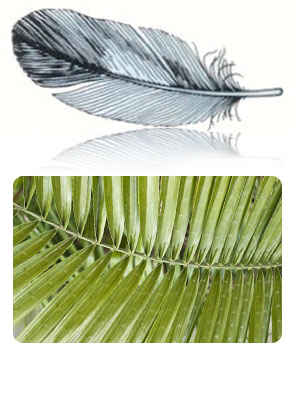
Introduction
BORDERCOLLIEBSC-UITWISSELINGEN
GLBTOKEN INLOGGEN
AI CRYPTO'S
Familiarize yourself with the two basic palm shapes and their derivatives at the bottom of this page. This will better prepare you to identify your palm tree. Do you have a palmate or a pinnate palm? The fan form (palmate) is similar to a fan or open hand. The feather shape (pinnate) has a central dominant stem running the length of the branch.
After finding your leaf type (or as close a match as you can discover) note down the genus and species name(s). Then go to Trunk types to find a similar trunk. Next check your palm for thorns and narrow your list of species by going to the Thorn section to view the possible types of thorns and spines. After compiling a list of possible genus and species names click Browse to open the Genus Collections. Using your list, open the albums under the genus names and compare the close-up photos to your subject.
If you find the correct genus, but cannot decide which species is your plant, investigate Hastula and Ligule types. If you still cannot find your palm you may be trying to identify a palm that is too tropical for this list. Try clicking "Experiences of Palm Growers in Other Microclimates in Northern California" in the Table of Contents, and read what they are successfully growing. Also, go to gateio login and consider purchasing the "Quick Reference Guide, Palms for Southern California" from the Southern California Palm Society Web site. There is also the possibility that your palm is a hybrid, exhibiting the characteristics of more than one species.
The following types and groupings are based on visual similarities and do not necessarily indicate genetic relationship.

